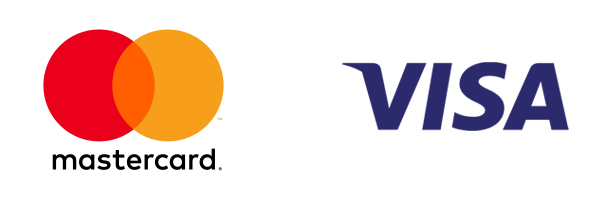Should restaurant owners pass on the credit card fees to their customers?
Author Name 4 min read
The challenges of labor shortages, rising food costs and inflation in general is wreaking havoc on the restaurant industry and every Operator out there is struggling with the new normal. Restaurant owners are trying to save money and improve their bottom line in any way possible.
One of the unavoidable costs that every restaurant deals with is credit card fees. With the rising proportion of credit card transactions as compared to cash and especially the proliferation of contactless wallet payments due to covid has made the customers choose the plastic money over cash.
So how do restaurants avoid this unavoidable cost in the new economy? Should they pass over the credit card costs to their guests or continue to absorb the cost as part of doing business. The answer is not easy. Restaurant operators have a brand to protect and they don’t want to come across as cheap. Furthermore, the shift to digital payments with the new generation has only made the acceptance of plastic and wallet payments more widespread. Customers don’t like paying an extra 3% on top of their check. Plus any additional fees tacked on to the bill is not liked by the servers because it eats into their tips and rightly so. Also the customers like their credit cards because they get points, rewards, miles or cash backs on their usage and they don’t want to part with that added benefit of using their credit cards. As much as subsidizing the customers through credit cards has been a sad reality, it has become a standard practice across many industries and there seems to be no way around it.
So what can a restaurant do? Well, there’s no simple answer but there are many different ways for the restaurants to recoup some of those fees. For one, they can give discounts on cash payments, or they can add the credit card fees to their food prices. First option may not be liked by some operators as this makes them come across as cheap. If they are an upscale restaurant and want to build a brand, then nickeling and diming customers is bad for the brand. However if their clientele is price sensitive, then it may not be the worst idea in the world. The second option of adding the fees to the prices might work but you have to be careful how much you are increasing the prices by. Customers are already sensitive to some restaurants increasing their prices for delivery apps like Doordash or UberEats, they wouldn’t be particularly happy if they find out the credit card fees of 3% are added to the check. However, if the Operators want to take this route, they have to be careful how they do it. A straight 3% increase across the board may not be helpful, as not all sales are credit card sales, i.e. some is cash and some is Gift Card/Debit. Restaurant operators, if choose so, should only increase their pricing in the proportion of their credit card sales.
Restaurants should also try negotiating with their POS or Credit Card processing companies to get a better rate. They should avoid POS companies that include credit card fees as part of the subscription fee model. Such companies lure the restaurant operators with a great initial rate but then increase their pricing on the next renewal when the customers are already locked in and when they don’t have an easy way out. Try to avoid that pitfall by buying POS software that allows you to choose your own processor and payment gateway. You won’t believe how much negotiability you have when you are not locked in with a processor as part of the POS subscription.
In the end, as a restaurant owner, you want flexibility in choosing your provider to stay in control of your costs. The homework you do to pick the right POS and Credit Card provider goes a long way in ensuring your business interests are protected.
For further updates, please stay tuned to heywaiter’s blog,
Twitter or LinkedIn.
To learn how heywaiter can help restaurant owners save money and improve
customer service, please visit http://heywaiter.app

